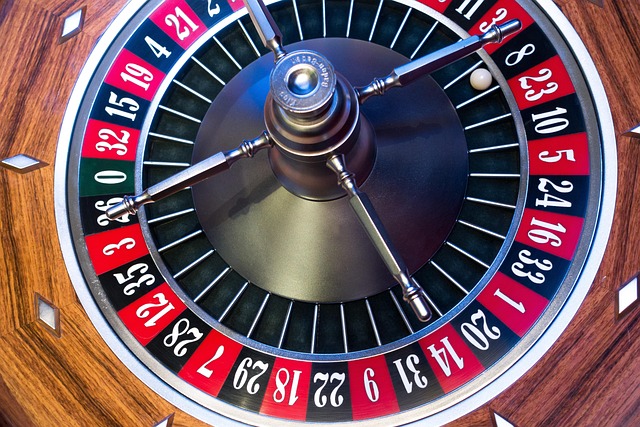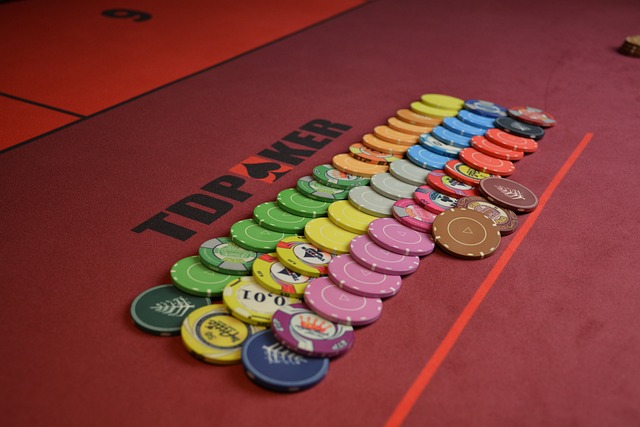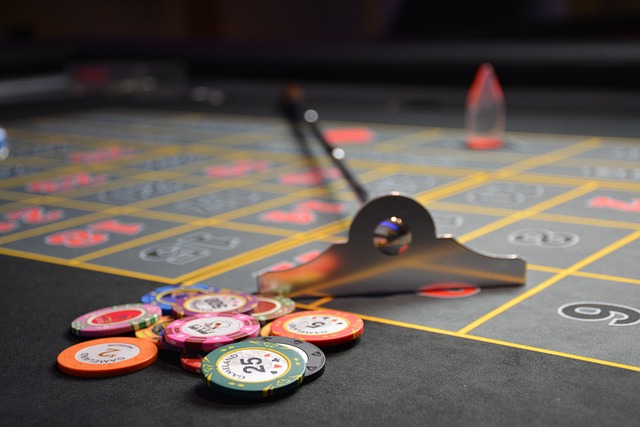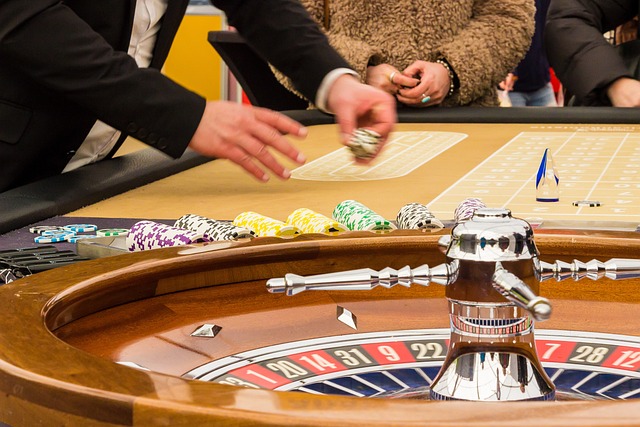Roulette table layout, featuring 38 numbered pockets (0-36) in red/black pairs with 0 and 00, supports diverse bet types like straight-up, splits, streets, and corners, each with unique odds. Understanding this structure empowers strategic decision-making, weighing risks and rewards. Roulette's historical evolution from 17th century France to modern global tables highlights its enduring popularity as a blend of simplicity and strategic gameplay.
Roulette, a captivating casino game with roots tracing back centuries, has evolved into a global phenomenon. This article delves into the intricate world of roulette, starting with an in-depth look at its table layout and betting strategies. We’ll explore the historical background, unraveling its evolution over time. By understanding these aspects, players can enhance their experience and navigate the vibrant landscape of roulette with newfound confidence.
- Understanding the Roulette Table Layout
- Betting Strategies and Odds Explained
- Historical Background and Evolution of Roulette
Understanding the Roulette Table Layout

The Roulette table layout is a key element in understanding how the game works. At its core, the table features a circular design with numbered pockets, typically ranging from 0 to 36, often alternating between red and black. In addition to these numbers, there are several special pockets: the zero (0), usually colored green, and sometimes additional greens for the double-zero (00) in American roulette. Outside the numbered pockets, you’ll find various bet types indicated by different colors and markings. These include straight-up bets on individual numbers, split bets covering two numbers, street bets along a row of three, and corner bets encompassing four numbers, among others.
Understanding this layout is crucial for players to place informed bets. Each type of bet offers varying odds and pays out differently, with inside bets (on specific numbers) generally having higher risks but potentially higher payouts, while outside bets (like red/black or odd/even) are lower risk, offering more consistent but smaller wins. Knowing the table layout allows players to strategize, weigh their options, and make calculated decisions that can enhance their Roulette playing experience.
Betting Strategies and Odds Explained

Roulette, a captivating casino game, offers players an array of betting strategies, each with its own set of odds and probabilities. Understanding these strategies is essential for anyone looking to enhance their Roulette experience. The key to successful strategy lies in recognizing that every bet has a unique outcome probability. For instance, betting on individual numbers carries higher risks but potentially rewards, as the odds of any one number hitting are 1 in 37 (in European Roulette). Conversely, bets like ‘Even’ or ‘Odd’ have lower risk and offer better chances of winning, with approximately 50/50 odds.
Additionally, understanding the layout of the Roulette table is crucial. The table features various sections, including straight-up bets, split bets, street bets, and corner bets, each covering different segments. These different bet types have varying payout ratios, with straight-up bets paying out at 35:1 for a single number win. Knowing these odds and strategically placing bets can significantly impact your Roulette gameplay, transforming it from pure chance to an engaging blend of strategy and luck.
Historical Background and Evolution of Roulette

Roulette has a rich historical background that dates back centuries, evolving from various forms of gambling across different cultures. Its origins can be traced to 17th century France, where it emerged as “roulette” from the Italian word “ruota,” meaning wheel. Over time, the game spread globally, incorporating influences from various regions and refining its mechanics.
The evolution of roulette is marked by significant changes in rules, gameplay, and design. From the simple layout of early versions to the standardized table and chips we recognize today, each adaptation has contributed to making roulette one of the most popular casino games worldwide. This enduring appeal lies in the blend of simplicity and strategic decision-making that keeps players engaged, even as the game continues to evolve.
Roulette, with its rich historical background, has evolved into a global phenomenon. Understanding the roulette table layout is key to navigating this captivating game, while betting strategies and odds provide players with valuable insights. By delving into these aspects, folks can enhance their experience and explore the intricate tapestry of this classic casino game, making it a true testament to the elegance of chance and strategy.






